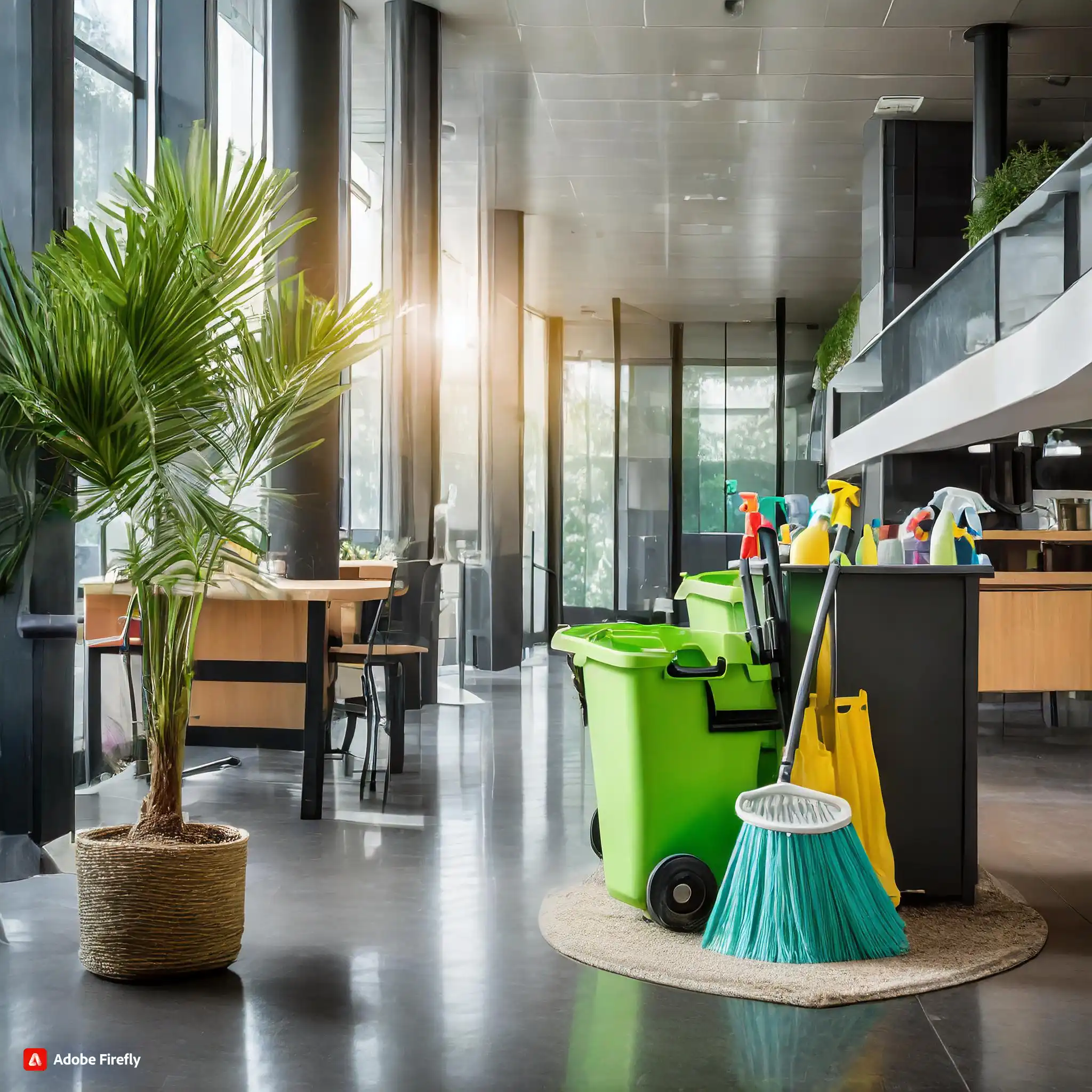Concrete and Stone Care, Hard Floor Care
What is a Porous Surface?
Understanding Porous Surfaces in Floor Care
Definition of Porous Surface
A porous surface refers to a material or substrate that contains numerous tiny openings or interconnected voids capable of readily absorbing moisture or other liquids. The presence of these small openings defines the porous nature of the surface.
Characteristics of Porous Surfaces
Microscopic Openings
Porous surfaces exhibit microscopic openings, often not visible to the naked eye, that create a network of channels within the material.
Capillary Action
The interconnected nature of these openings allows for capillary action, enabling the surface to absorb and retain liquids.
Variable Absorption Capacity
The absorption capacity of porous surfaces can vary depending on factors such as material composition, density, and treatment history.
Examples of Porous Surfaces
Wood
Natural wood, especially unfinished or unsealed wood, is typically porous. The capillary structure of wood makes it prone to absorbing moisture.
Concrete
Unsealed or untreated concrete is often porous. The porosity of concrete can be influenced by factors such as curing, surface treatment, and the presence of additives.
Unsealed Stone
Certain types of natural stones, when unsealed, can have porous characteristics. The porosity may vary among different types of stone.
Cardboard
While not a floor material, cardboard is an everyday example of a porous surface. It readily absorbs liquids due to its porous structure.
Porosity and Floor Care
Finish and Sealer Requirements
Porous surfaces pose specific challenges in floor care. Due to their tendency to absorb liquids, they often require more finish or sealer to fill and smooth out the tiny openings. This additional application helps create a protective barrier that enhances the surface’s durability and appearance.
Uneven Absorption
The uneven absorption of finish or sealer on porous surfaces may result in a non-uniform appearance if not addressed properly during the application process.
Treatment Considerations
Floor care professionals need to consider the porosity of the surface when selecting and applying finishes or sealers. Understanding the absorption characteristics of the material is crucial for achieving desired results.
Surface Preparation for Porous Substrates
Cleaning and Leveling
Before applying finish or sealer to a porous surface, thorough cleaning and leveling are essential. Removing dirt, debris, and irregularities helps ensure an even application and optimal adhesion of floor care products.
Priming
In some cases, applying a primer or specific preparatory product designed for porous surfaces may be necessary. Priming helps address the absorbent nature of the surface and promotes better adhesion of subsequent coatings.
Importance of Porosity in Finish Application
Adequate Protection
Understanding and addressing the porosity of a surface is crucial for providing adequate protection. Properly sealed and finished porous surfaces are better equipped to resist moisture, stains, and wear.
Enhanced Aesthetic Appeal
By effectively filling the microscopic openings, finishes and sealers contribute to a smoother and more aesthetically pleasing surface. This is particularly important in environments where appearance matters, such as commercial spaces.
Regular Maintenance on Porous Surfaces
Scheduled Care
Porous surfaces may require more frequent and attentive maintenance to preserve the integrity of the finish or sealer. Regular cleaning and, if necessary, reapplication of floor care products help prolong the life of the protective layer.
Avoiding Harsh Chemicals
Using cleaning agents that are compatible with porous surfaces is essential. Harsh chemicals may compromise the finish or sealer, impacting both appearance and functionality.
Considerations for Floor Care Professionals
Product Selection
Floor care professionals should select finishes and sealers that are specifically formulated for porous surfaces. These products often contain additives that enhance adhesion and penetration.
Application Techniques
Applying finish or sealer to porous surfaces requires careful attention to application techniques. Even coverage, proper drying times, and adherence to manufacturer guidelines are critical for achieving optimal results.
Conclusion
Understanding and addressing the porosity of surfaces is a fundamental aspect of effective floor care. Porous surfaces, characterized by their microscopic openings, demand specific attention during the selection and application of finishes and sealers. Floor care professionals must consider the variable absorption capacity of different materials, implement proper surface preparation techniques, and choose products tailored to porous substrates. By doing so, they contribute to the creation of resilient, visually appealing floors that withstand the challenges posed by moisture, stains, and everyday wear. Regular maintenance becomes a key component in preserving the protective layer on porous surfaces, ensuring long-lasting performance and aesthetic appeal.
Frequently Asked Questions
Have a different question and can’t find the answer you’re looking for? Reach out to our support team by sending us an email and we’ll get back to you as soon as we can.
- What is Industrial Cleaning?
- Additional Details on Industrial Cleaning Characteristics of Industrial Cleaning Specialized and Heavy Duty Reiterate that industrial cleaning is characterized by its specialization in heavy duty non residential cleaning tasks...
- What Causes Floor Finish Pitting?
- Understanding Floor Finish Pitting Causes and Prevention Floor finish pitting characterized by small holes can be an aesthetic concern Explore the causes and preventive measures to maintain a smooth...
- What is Thermoplastic?
- Thermoplastic in the context of floor finishes refers to a type of polymer characterized by its ability to return to its original shape after undergoing softening or heating processes...
- Is Floor Polish the Same as Floor Finish?
- Unraveling the Terminology Floor Polish vs Floor Finish Indeed floor polish and floor finish are often used interchangeably but delving into the nuances of these terms provides a more...
